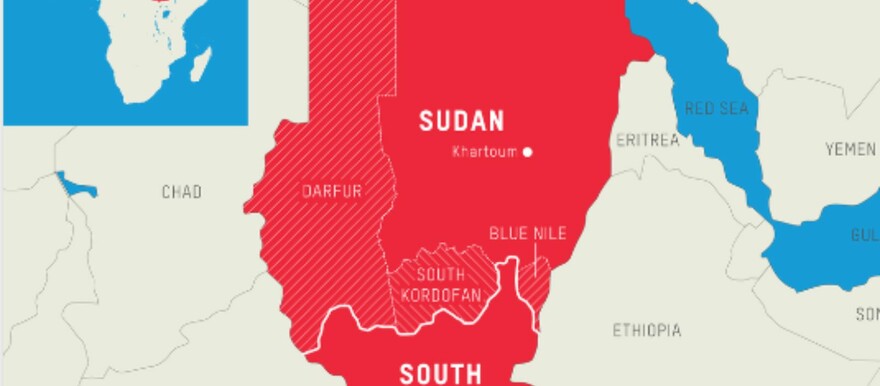The Office for the Coordination of Humanitarian Affairs (OCHA) of Friday said stated that South Sudan and Sudan were the world’s most dangerous countries for aid workers today.
According to OCHA’s Jens Laerke who was addressing a press briefing by the United Nations Information Service at the UN Office in Geneva, of 71 aid worker deaths recorded so far this year, 22 had been working in South Sudan and 19 in Sudan.
“The victims were overwhelming local humanitarians working on the front lines of the response,” he said. “Attacks on aid workers and facilities were violations of the international humanitarian law, which had to be respected by all, without exceptions.”
Regarding funding, Laerke informed that the 2023 Humanitarian Response Plan for Sudan required USD 2.6 billion in funding; as of 29 September, USD 813 million had been received. On the other hand, the 2023 Humanitarian Response Plan for South Sudan required USD 1.7 billion in funding; as of 29 September, USD 899 million had been received. The top donors were the United States, the European Commission, and the Central Emergency Response Fund.
“Combined, all UN-coordinated annual response plans in the world were facing their largest-ever funding gap at USD 39 billion, with USD 17 billion received out of the USD 56 billion required. 2024 could be an even more difficult year for humanitarian funding, as several top donors expected budget cuts in the coming year,” Laerke said. “One of the problems was that the donor base was too narrow, with most humanitarian funding coming from just 20 donors and the top five – US, EU, Germany, Japan, and Sweden – covering 65 percent of available funding. There was a need for fair sharing of the burden.”
Answering questions from the media, Laerke specified that there had been an average of 20 aid worker fatalities per year in South Sudan in recent years.
Deteriorating health situation in South Sudan
Meanwhile, Dr. Liesbeth Aelbrecht, World Health Organization (WHO) Incident Manager for the Greater Horn of Africa Emergency, speaking from Nairobi, said that two out of three South Sudanese were facing dangerous levels of hunger.
She said two million people were displaced, of whom 1.5 million were within the country; in addition, the country hosted some 300,000 refugees from other countries and that those numbers were only getting worse.
Dr. Aelbrecht stressed that this year, some of the highest numbers of severely malnourished children in years had been observed.
“Later this year, El Niño was likely to bring both flooding and drought, in different parts of the country, and the likelihood of mosquito and waterborne diseases would consequently increase,” she said.
Dr. Aelbrecht spoke of stabilization centers, to which parents would bring their sick or malnourished children. She gave an example of having witnessed a young child die of hunger, which was far from being an isolated anecdote.
Dr. Aelbrecht said that the international community ought not be a bystander. WHO was on the ground, providing both medical supplies and technical support to the local health authorities, but more had to be done.
“Since the beginning of the Sudan conflict and the influx of Sudanese refugees, there had been an increase in measles cases, leading to one of the largest outbreaks in South Sudan over the past decade,” she revealed. “WHO had supported the authorities’ reaction and had also led measles vaccination efforts.”
Almost 150,000 children had been admitted for treatment of severe acute malnutrition this year, with May being the highest month, said Dr. Aelbrecht in a response to a question.




